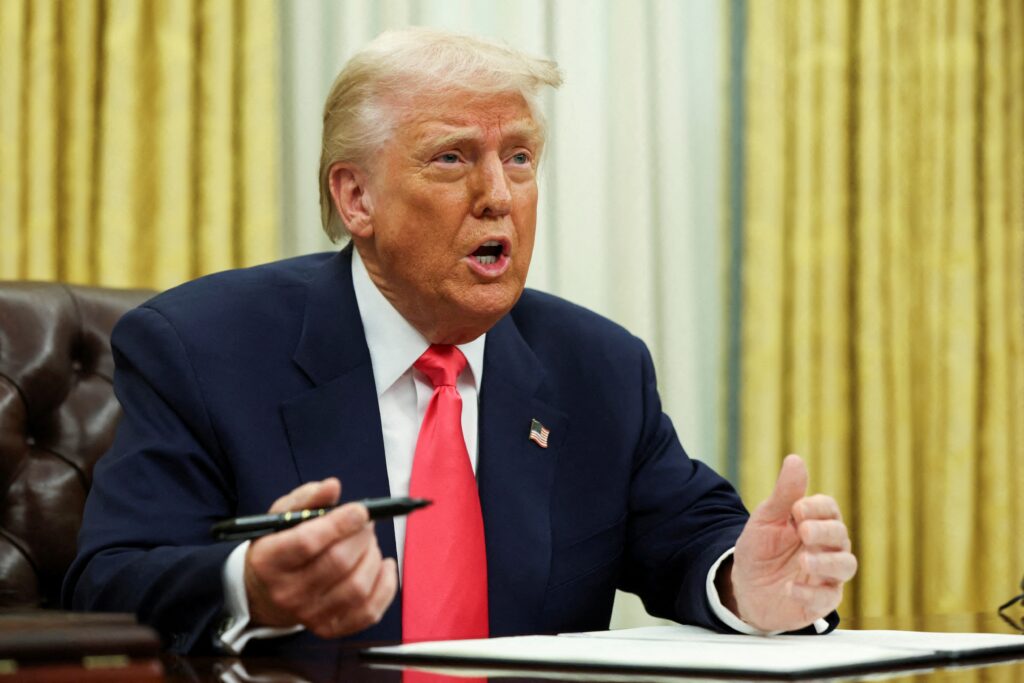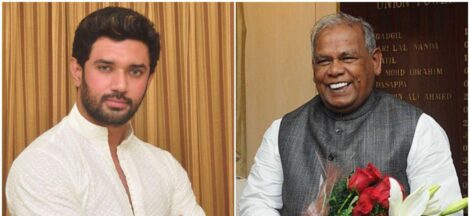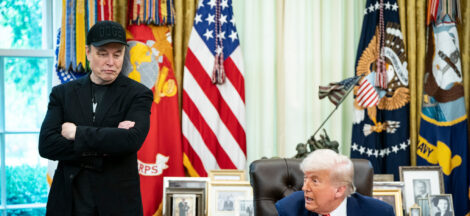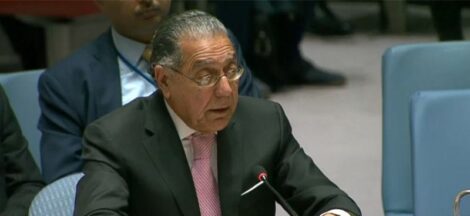President Donald Trump has authorised dispatch of letters to twelve nations outlining new reciprocal tariffs, marking a decisive turn as bilateral negotiations with India intensify ahead of his self‑imposed tariff deadline. The letters, scheduled for Monday, each state a bespoke tariff rate ranging from baseline 10 per cent to significantly higher levels, with the tariffs set to become enforceable from 1 August unless an interim agreement is struck.
The move follows Trump’s decision not to extend a 90‑day suspension on steep global tariffs beyond 9 July, the original “Liberation Day” pause date, effectively placing several governments under pressure to secure deals or face punitive duties. The policy is framed as “take‑it‑or‑leave‑it”, and officials noted it would apply even to countries engaged in negotiations, including India and Japan.
India–U. S. discussions, extending into Monday in Washington, have centred on tariff reductions, with agriculture, dairy and auto component sectors emerging as key sticking points. Indian negotiators, led by chief negotiator Rajesh Aggarwal and Foreign Minister S. Jaishankar, have emphasised the need to protect sensitive domestic sectors while opening access for U. S. exports.
On an economic front, India has offered tariff reductions on non‑agricultural goods such as leather, textiles and footwear, while maintaining stringent restrictions on genetically modified crops and dairy, driven by deep‑seated domestic concerns. The U. S., in turn, is pressing for greater access in these sectors in exchange for tariff relief for Indian goods.
Tariffs were originally introduced in early April under a “Liberation Day” plan that imposed a 10 per cent universal tariff plus additional reciprocal tariffs tailored to each country. Although a legal challenge briefly halted the policy, it was reinstated on appeal, leaving the 9 July date intact.
With only the United Kingdom and Vietnam having secured agreements so far—UK retaining a 10 per cent baseline tariff and Vietnam receiving relief in the 20–46 per cent range—the U. S. is now applying heightened pressure on major partners like India, Japan and the EU to finalise deals before the deadline.
India’s economy has proven resilient: exports to the U. S. rose by 11.6 per cent to $86.5 billion in fiscal year 2025, even as U. S. imports from India slipped slightly in May, down to $3.63 billion from $3.85 billion a year earlier. Nevertheless, both nations face trade imbalances and sector‑specific challenges—India’s auto components and steel sectors remain particularly sensitive in discussions.
Economists have criticised Trump’s reciprocal tariffs as excessively broad, arguing that they often surpass foreign protective barriers and may have adverse effects on global markets. Financial analysts caution that failure to lock in an agreement could trigger jitters across equity and bond markets, though upbeat sentiment remains in the near term.
The outcome of India–U. S. negotiations is being closely observed by markets and policymakers alike. A final interim deal—focused exclusively on goods—could be signed as soon as 8 July, narrowly averting the threat of tariffs. If adopted, it would mark a pivotal step toward a broader bilateral trade pact, envisioned to double trade to $500 billion by 2030.




 Reuters X Account Withheld in India Following Legal Demand
Reuters X Account Withheld in India Following Legal Demand 